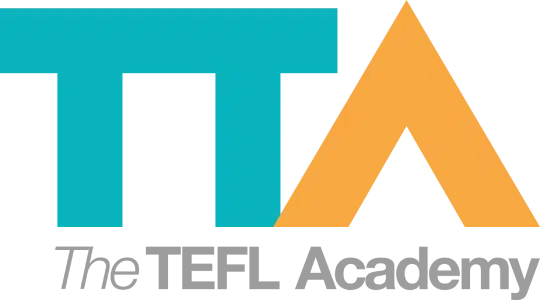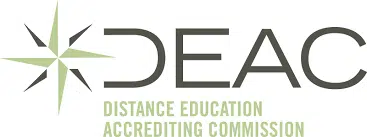How To Teach Using Context
Join a global community of over 200,000 TEFL teachers working throughout the world! Enrol me!
It is always important to remember that we are preparing our EFL students to handle English in the real world. Obviously the classroom situation is not completely authentic (because of graded language and other issues) so it cannot be considered a real-world situation. In other words, what your students can accomplish in the classroom may not accurately reflect what they can do outside the classroom.
However, what we can do is try to create the most authentic situation possible in the classroom. If we can put our students in the same situations in the classroom as they will encounter in the real world, we will be able to prepare them for those occasions. For our students, the classroom is a safe space where they can feel comfortable enough to take chances and make mistakes. So then when they find themselves in the same situations as in the classroom they will feel more confident in their abilities.
Let’s take as an example, giving advice. There may be many times when learners will need or want to give advice. If you spend some time in your EFL lessons looking at the second conditional and relating it directly to situations of giving advice, the structure will automatically be connected with that situation for your learner. When the opportunity arises for the learner to give advice, the second conditional will immediately come to mind.
Another example would be used to. We used used to to talk about past habits or states which are (usually) different to now. In real life, we might use it to talk about a stage in our past when we were very different to how we are now, or when we talk about the fact that we have given up a certain habit. So, to get your EFL students to use used to in an authentic context, get them to discuss their school days, or get a conversation going about healthy and unhealthy habits.
The same can be done for most English grammar structures. The key for the TEFL teacher is to look at the look at the particular structure being taught and consider the different situations we would use that structure in the real world. Once you have found a suitable situation, come up with an appropriate activity to practise the structure within that context.
For an EFL learner, learning English grammatical structures can seem easy in the EFL classroom, but they might not be able to use those structures appropriately when they are outside the classroom. Using situations to relate the structures to real life will help your EFL students be able to use their English in real situations.
Accreditation & Quality Assurance
The TEFL Academy was the world’s first TEFL course provider to receive official recognition from government regulated awarding bodies in both the USA and UK. This means when you graduate you’ll hold a globally recognised Level 3 (120hr) Certificate or Level 5 (168hr) Diploma, meaning you can find work anywhere and apply for jobs immediately.
 United States
US
United States
US












